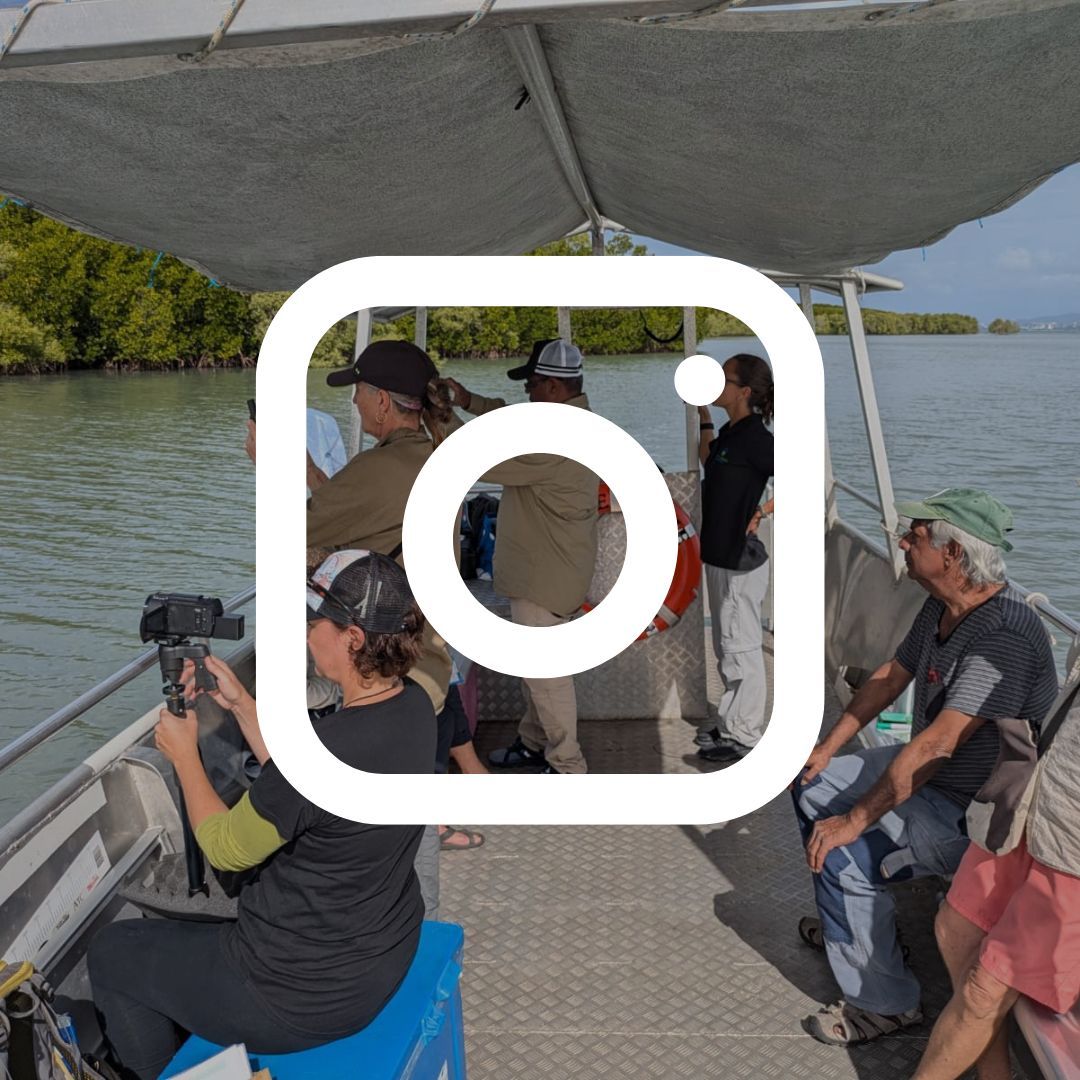From Mangroves to the Reef: Coastal guardianship in a changing climate
29 May 2025

Written By Lucía Caldas – Program Manager (Wetlands, Coastal and Marine Environments)
When people picture the Great Barrier Reef, they often think of coral gardens, sea turtles, and turquoise water stretching to the horizon. But to really understand what keeps the reef alive, you have to start in the mud.
This World Reef Awareness Day, I want to share a perspective we don’t hear often enough: the reef’s future depends just as much on mangroves, saltmarshes, and community as it does on seagrass and coral.
Over the past year, I’ve waded through muddy mangrove forests, filmed shorelines, surveyed tropical saltmarshes, removed macroalgae from the fringing reefs of Yunbenun (Magnetic Island), and listened to Traditional Owners share stories passed down through generations in Far North Queensland. Our team works with community volunteers, local rangers, and scientists as part of MangroveWatch and reef restoration programs - collecting data, building relationships, and advocating for places that are often out of sight, but should never be out of mind.
Coastal wetlands are more than just buffers; they’re the reef’s first responders. Mangroves and saltmarshes store carbon, support biodiversity, and trap sediment and pollutants before they reach the ocean. And when floodwaters surge downstream, these wetlands slow the flow, giving suspended sediment more time to settle before it reaches the sea. Without them, seagrass meadows and coral reefs are left to bear the brunt of that runoff - muddy, nutrient-loaded, and potentially damaging.
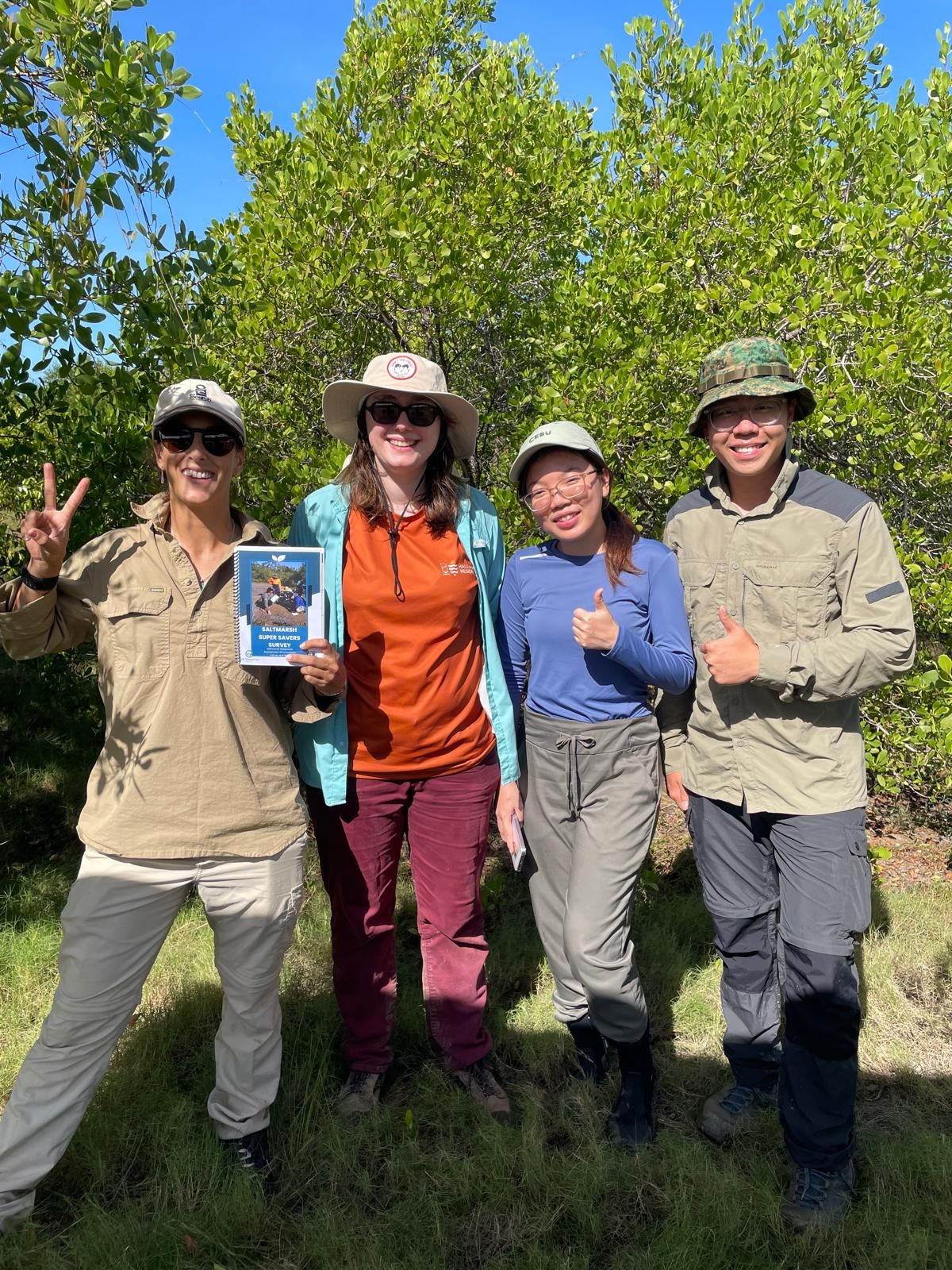
This year’s record-breaking wet season in northern Queensland brought the urgency of this work into sharp focus. The flood plumes were vast, pulsing out through our rivers, carrying sediment, nutrients, and debris to the reef – over 700 km along the coastline and up to 100 km offshore.
This nutrient and sediment-rich freshwater runoff can have multiple impacts. Sediment smothers seagrass and coral, limiting light and reducing their ability to photosynthesise. Freshwater input changes salinity, stressing marine life and increasing the risk of coral bleaching. And excess nutrients fuel macroalgae growth, especially on inshore reefs, outcompeting corals and taking over the benthic space where young corals need to settle.
The work we’ve done on Magnetic Island, in partnership with James Cook University and Mitsubishi Corporation, has shown that manually removing macroalgae from the reef creates space for coral larvae to grow and recover. It’s a simple and effective approach, grounded in science and powered by community.
Working alongside Traditional Owners and community members in places like Bushland Beach and Magnetic Island, we’ve seen the impacts firsthand: stressed mangroves, dying trees, and erosion. But we’ve also seen resilience of the ecosystems, and of the people. The reef is not just being watched, it’s being protected by hundreds of hands upstream.
One thing I’ve learned is that science doesn’t live in isolation - it lives in stories, in people, in Country. That’s why Earthwatch puts community science and Indigenous partnerships at the heart of what we do – it’s all connected.
Every time someone joins a shoreline survey, learns more about the role of saltmarshes and mangrove forests, or shares a story from the field, they’re contributing to a growing movement: one that recognises reef protection starts well before you ever don a snorkel and step into the water.
The reef doesn’t begin with coral. It begins upstream - in the rainforest, through the wetlands, saltmarshes, mangroves, seagrass, and in the quiet work of communities that care.
This World Reef Awareness Day, let’s celebrate the full story of reef protection.
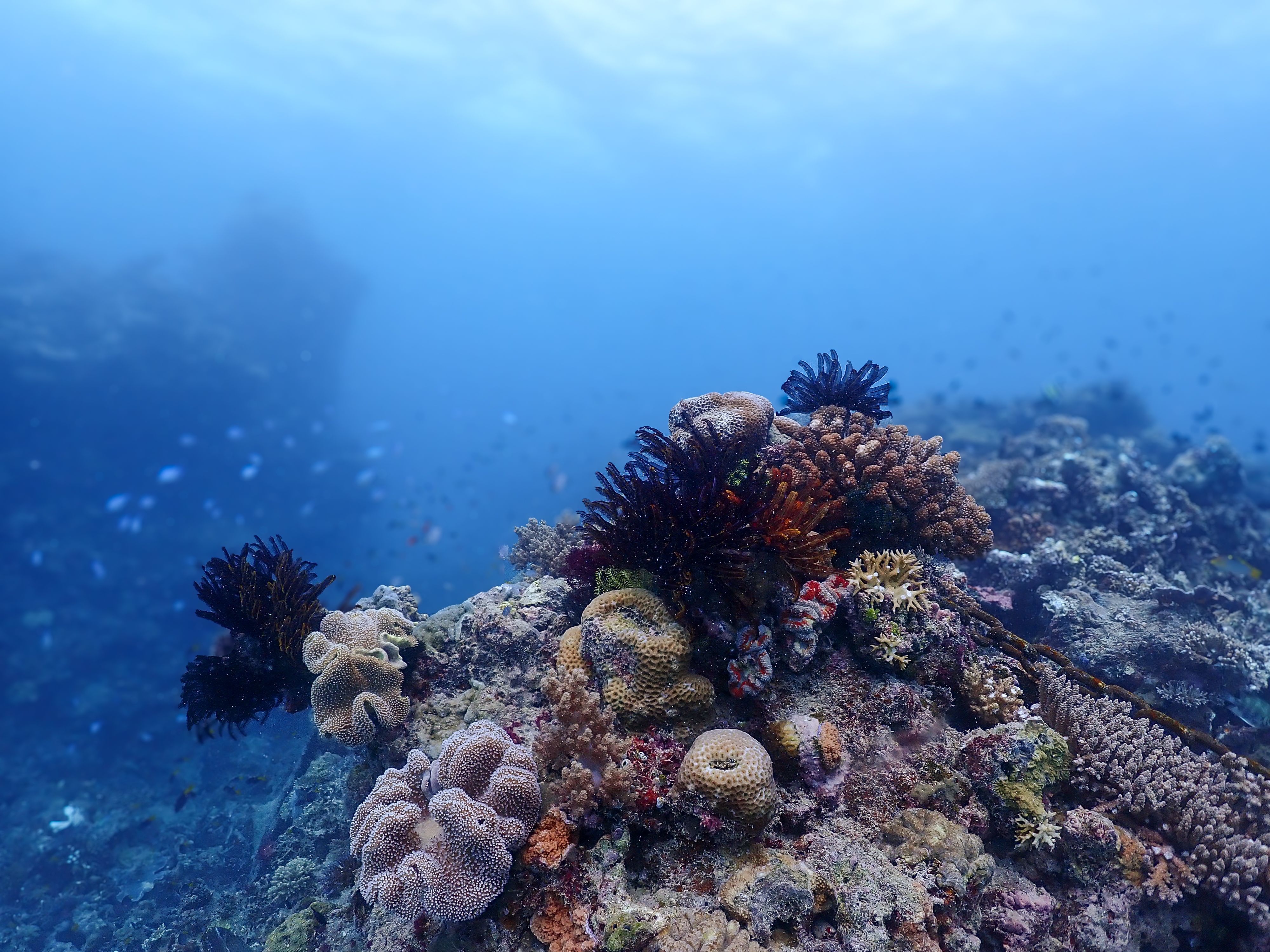
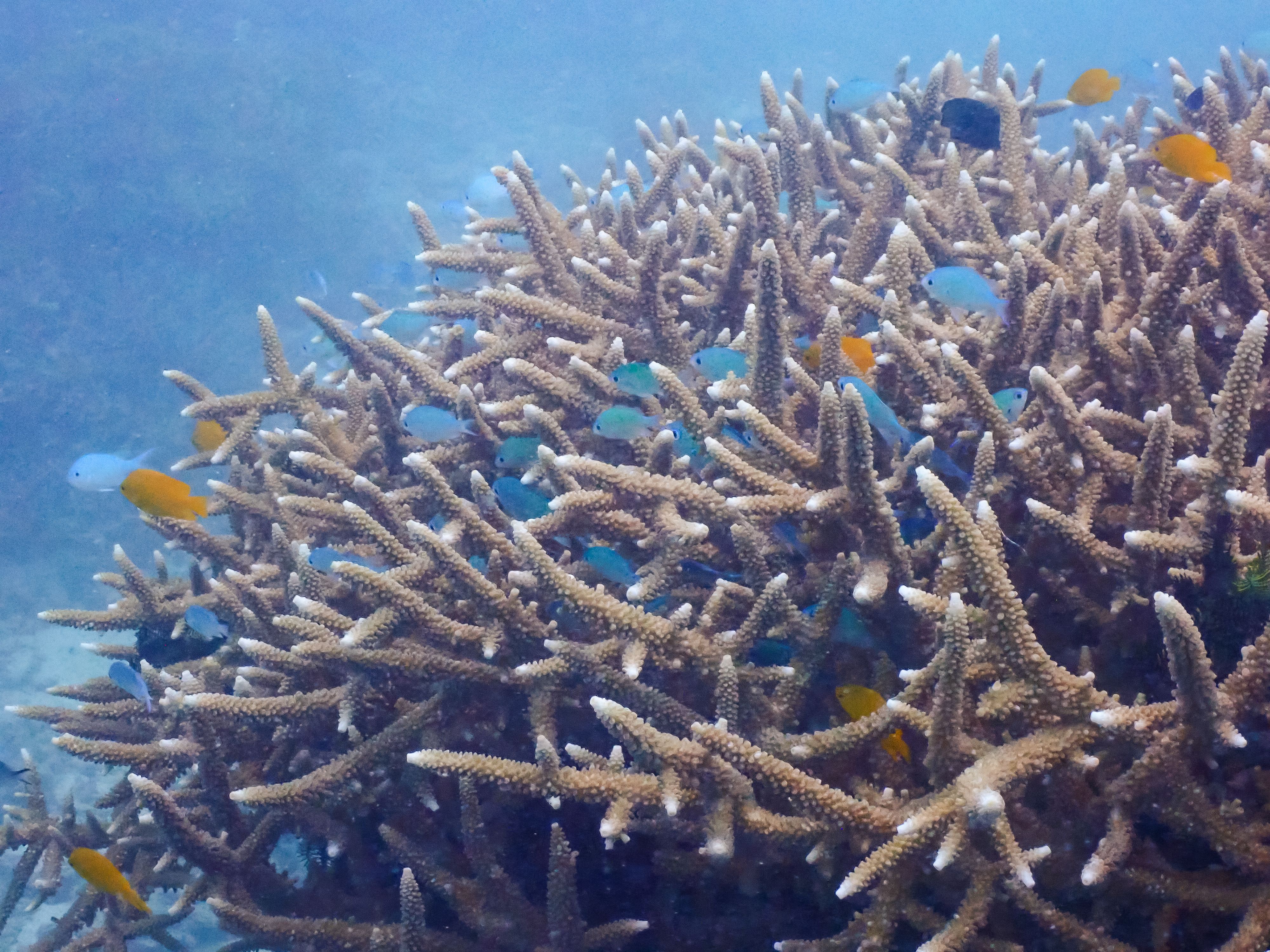
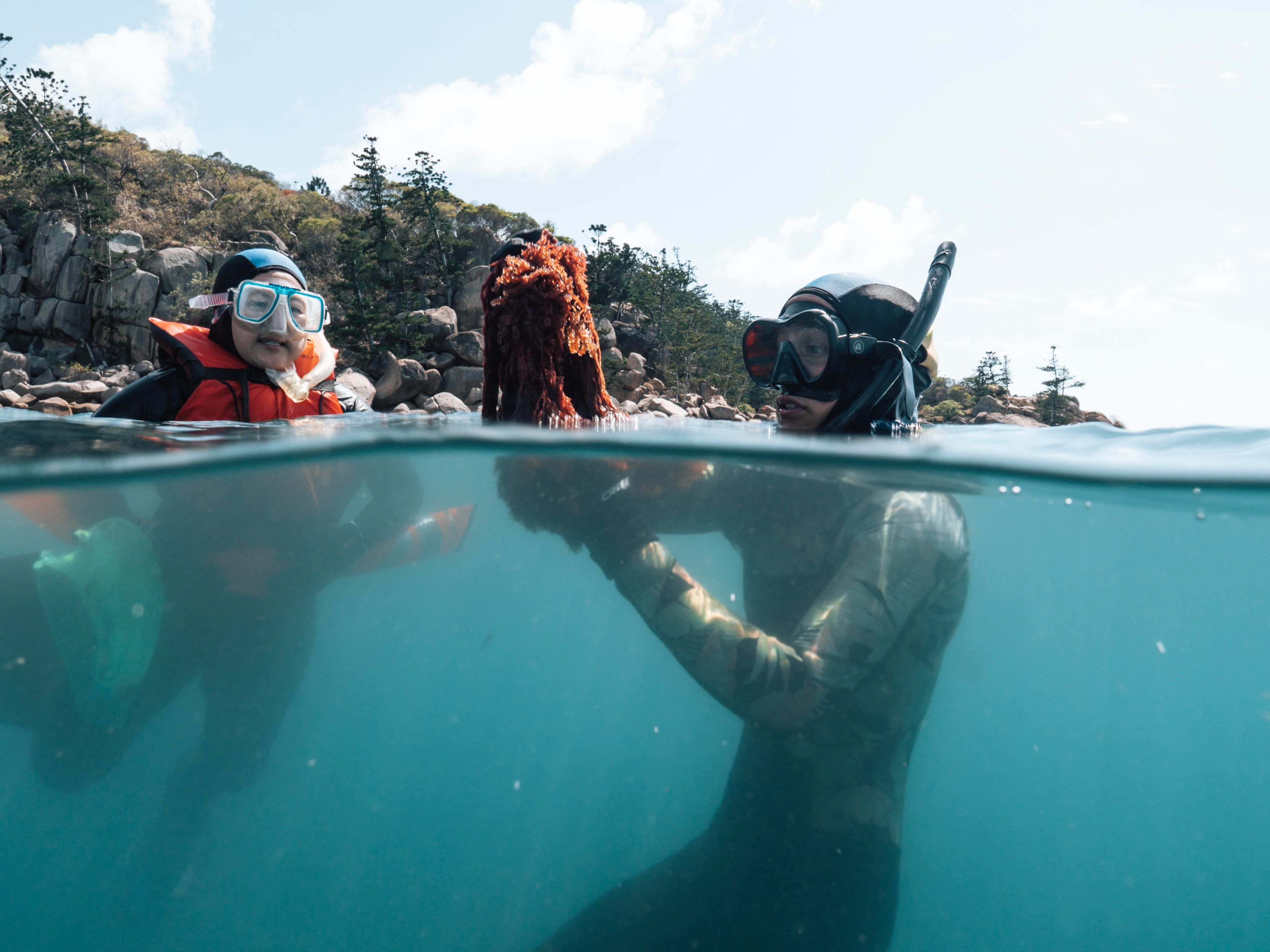
Photography: Jose Freyre, Owen Burt, Lucia Caldas, Skipper Cliff
